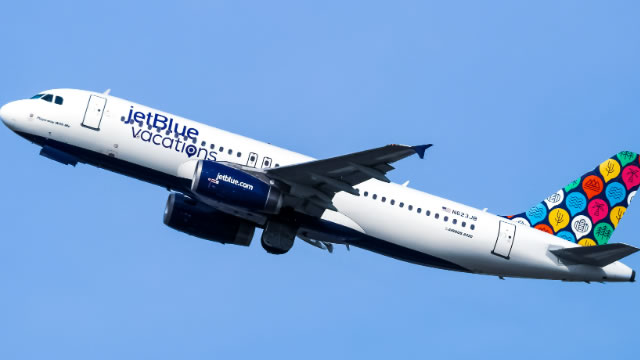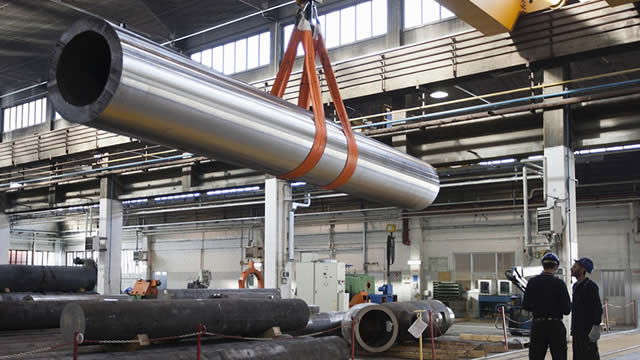JetBlue Airways: Soaring High with Robust Network Optimization, Yet Tackling the Challenge of High Labor Costs
JetBlue Airways, a leading low-cost carrier in the United States, has been making headlines with its impressive growth and network optimization strategies. The airline has been expanding its route network, focusing on smaller, secondary airports, and implementing operational efficiencies to boost its prospects.
Robust Network Optimization
JetBlue’s network optimization efforts have been yielding significant results. By focusing on under-served markets and smaller airports, the airline has been able to reduce competition, offer lower fares, and attract price-sensitive travelers. Additionally, JetBlue has been investing in technology and data analytics to optimize its flight schedules, aircraft assignments, and crew resources.
According to a recent report by the Wall Street Journal, JetBlue’s revenue per available seat mile (RASM) rose by 5.4% year-over-year in the third quarter of 2021. This growth can be attributed to the airline’s network optimization strategies, which have helped it capture market share and generate higher revenues.
High Labor Costs: A Significant Headwind
Despite these successes, JetBlue faces a significant challenge in the form of high labor costs. The airline is in the midst of contract negotiations with its pilots’ union, the Air Line Pilots Association (ALPA), and tensions have been running high. The pilots are seeking pay raises, improved working conditions, and better job security.
According to a report by Reuters, the pilots’ union has threatened to strike if a deal is not reached by the end of the year. Such a strike would cause significant disruptions to JetBlue’s operations and could result in lost revenue and customer frustration.
Impact on Consumers
For consumers, a JetBlue strike could mean cancelled or delayed flights, higher fares, and increased travel stress. According to a study by the American Traveler, a single day of airline disruptions costs the industry $1.2 billion in lost revenue. A prolonged strike could result in even greater losses.
- Cancelled or delayed flights: A strike could result in a significant number of flights being cancelled or delayed, causing inconvenience and frustration for travelers.
- Higher fares: With fewer flights available, fares could rise as airlines attempt to recover lost revenue.
- Travel stress: The uncertainty and stress of a potential strike could deter travelers from booking flights, leading to lost revenue for the industry.
Impact on the World
The impact of a JetBlue strike would not be limited to the airline and its customers. The ripple effects could be felt throughout the industry and the global economy.
- Supply chain disruptions: A strike could disrupt the supply chain for the aviation industry, causing delays and shortages of parts and materials.
- Economic impact: The lost revenue from a JetBlue strike could have a ripple effect on the economy, with potential job losses and reduced economic activity.
- Competition: A JetBlue strike could create opportunities for competitors to capture market share and generate higher revenues.
Conclusion
JetBlue Airways’ robust network optimization strategies have helped the airline capture market share and generate higher revenues. However, the challenge of high labor costs, particularly in the form of contract negotiations with pilots, could result in a significant disruption to the airline’s operations. For consumers, this could mean cancelled or delayed flights, higher fares, and increased travel stress. For the industry and the global economy, the impact could be even greater, with potential supply chain disruptions, economic losses, and increased competition.
As negotiations continue, it remains to be seen how JetBlue and the pilots’ union will reach a resolution. In the meantime, travelers are encouraged to monitor the situation closely and make contingency plans in case of disruptions to their travel plans.





